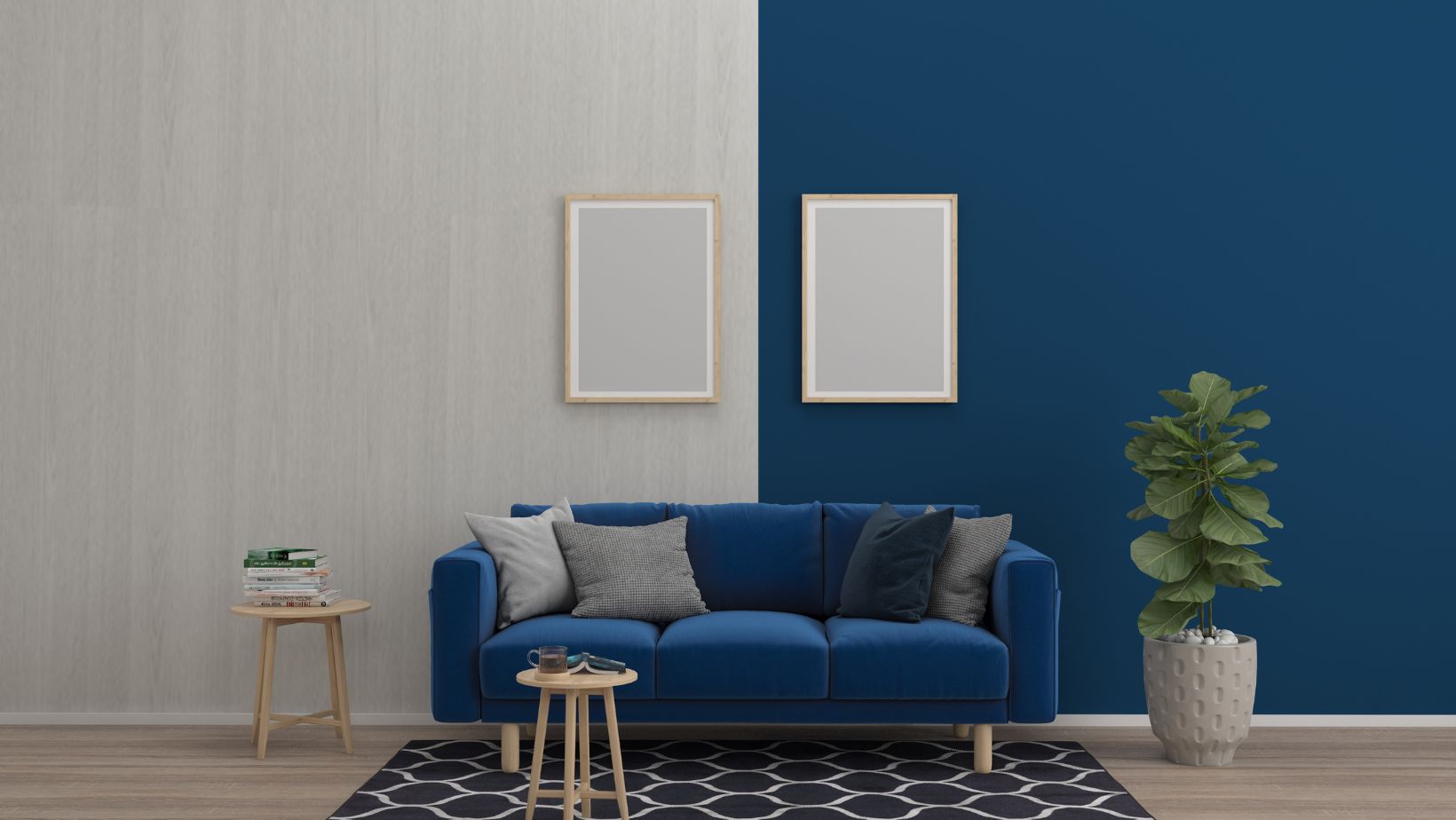Sometimes, the smallest adjustments make the biggest difference. Think about that one decorative vase that pulls a room together or a bold light fixture that transforms a dull space into a lively focal point. Interior design isn’t always about grand renovations or massive overhauls. In fact, thoughtful, small design choices can elevate your space—and they don’t have to break the bank. But how do you identify what changes will have the greatest impact?
Let’s look at how small yet intentional tweaks can enhance your home, making it not only more aesthetically pleasing but also functional and inviting.
Focus on Fixtures and Finishes
One of the most overlooked key elements of interior design lies in fixtures and finishes. These elements, while often small, play a pivotal role in shaping a room’s overall character. Replacing a dated faucet with a sleek, modern design or swapping old cabinet handles for brushed gold pulls can completely change the vibe of a space.
For instance, your kitchen sink and tapware aren’t just functional components; they can double as design statements. High-quality brands like Buildmat and other innovative design retailers offer a range of options that balance aesthetics and durability, allowing you to refresh your kitchen or bathroom without a full remodel. These subtle upgrades create a polished and cohesive look, tying the room together effortlessly.
When selecting fixtures, aim for consistency. Choose finishes that complement your overall design styles, whether it’s chrome for a minimalist look, matte black for a modern edge, or brass for a touch of vintage charm.
Play With Color and Texture
Color is a powerful design tool that can instantly set the tone of a space. You don’t need to paint an entire room to make a difference; even small changes can reflect a thoughtful design concept and add depth and personality. Accent walls, furniture, or even small decor items can add depth and personality. Shades of blue, for example, evoke calmness and serenity, while pops of yellow can energize a space.

Textures are equally impactful. Mixing materials like wood, metal, and fabric adds visual interest and makes a space feel layered. A soft throw on a leather sofa or a jute rug under a glass coffee table can introduce a balance of comfort and sophistication. Why does this matter? Texture creates a sense of warmth and dimension, preventing a space from feeling flat or sterile.
Leverage Lighting for Ambiance
Lighting isn’t just about visibility; it’s a key player in setting mood and atmosphere. Think about the difference between harsh overhead lights and the soft glow of a table lamp. Layering your lighting with a mix of task, ambient, and accent lighting allows you to create the right vibe for different occasions.
Dimmer switches are an easy addition that lets you control brightness levels. Meanwhile, statement lighting pieces like pendants or chandeliers can serve as focal points, combining functionality with artistic flair. Why settle for purely practical when you can have style and ambiance?
Maximize Space With Smart Storage
Clutter can make even the most stylish spaces feel chaotic. Smart storage solutions not only keep your home organized but can also enhance its visual appeal. Built-in shelving, multi-functional furniture, and decorative storage baskets are great options to maintain a clean and polished look.

Take a minimalist approach by displaying only what adds to the room’s aesthetic. For example, open shelving in kitchens can showcase beautiful dishware, while hidden cabinets keep less attractive items out of sight. The goal is to strike a balance between functionality and design.
Bring Nature Indoors
Biophilic design—incorporating natural elements into interiors—has gained traction for a good reason. Plants, natural light, and organic materials like wood or stone not only enhance visual appeal but also promote well-being. Studies have shown that greenery can reduce stress and improve air quality, making it a win-win addition.
If you’re short on space or natural light, consider low-maintenance plants like succulents or even high-quality faux greenery. Incorporating nature doesn’t have to mean a full-on indoor garden. Sometimes, a single statement plant in the corner of your living room can do the trick.
Additionally, natural textures and patterns, such as those found in woven baskets, stone countertops, or wooden furniture, can amplify the biophilic effect. These elements subtly mimic outdoor environments, creating a harmonious and calming atmosphere indoors.
Why Small Changes Matter
The beauty of these small design choices lies in their ability to make a big impact without requiring significant time or financial investments. They encourage creativity, allowing you to experiment and express your personal style while aligning with timeless design principles. More importantly, they’re approachable and achievable, regardless of your level of design expertise.
Focusing on fixtures, playing with color and texture, leveraging lighting, and incorporating smart storage solutions allows you to transform your home into a space that feels uniquely yours. After all, it’s the thoughtful details that leave a lasting impression.
